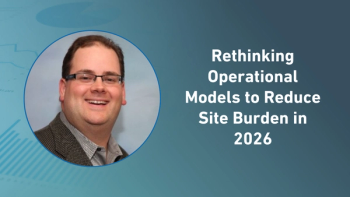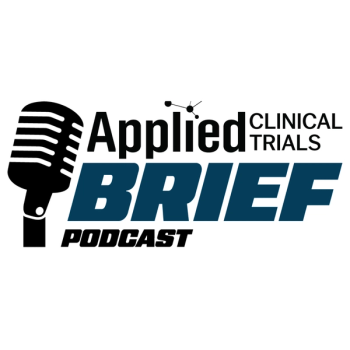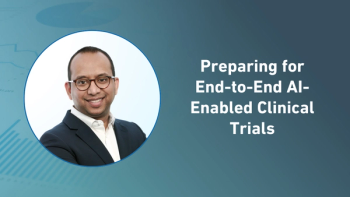
- Applied Clinical Trials-04-01-2012
- Volume 21
- Issue 4
Budgeting a Complex Trial
Allison Burmeister discussed the average cost increase based on the per patient cost in a clinical trial during her presentation at the ExL Pharma C.R.O.W.N. Event.
"Clinical trials are labor intensive," emphasized Allison Burmeister, Senior Analyst, Clinical Business Operations for Janssen Alzheimer Immunotherapy R&D, during her presentation last month at the ExL Pharma C.R.O.W.N. Event, when presenting her case study on "Mitigating Risks and Variance When Budgeting and Contracting for a Complex Global Clinical Trial."
Burmeister's presentation began with an outline of the average cost increase based on the per patient cost in a clinical trial, from which she gleaned from a July 2011 article on Pharmalot that was based on a Cutting Edge Information survey. Those costs per patient are as follows in 2011: Phase I: $21,883; Phase II: $35,070; Phase IIIa: $47,523; Phase IIIb: $47,095; and Phase IV: $17,042.
That snapshot set the stage for Burmeister's case study, of which she referred to a 210 site, 1,670 subject, four-year long, 14 country, Phase III study. The average study start-up costs were budgeted at $4.4M—and this is even before a trial starts to enroll.
Burmeister urged the audience to consider that no scope or budget detail is too small because the chance for it not to be included could significantly shift the variance of a budget.
For example, screen fail rates. For this particular trial, Burmeister went to the project managers and the sites to ask how many patients they thought wouldn't pass the screen and came up with a 64%. So if a total of 7,200 potential subjects fail the screen, the cost would be $15 million. Said Burmeister, "If that is not factored into the budget, that could be a considerable variance to cost."
Other key factors beyond the screen fail rate that impact the trial include the number of subjects, the enrollment rate over the length of the trial (has to be factored over the number of years), drop-out rate, number of sites, the site activation rate, and the schedule of assessments. The schedule of assessments, again should be extremely detailed so that the number of procedures per patient are truly counted into the budget.
Articles in this issue
over 13 years ago
Applied Clinical Trials Digital Edition - April 2012over 13 years ago
Business and News Update April 2012over 13 years ago
Transparency, Sunshine Shape Researchover 13 years ago
When Worlds Collide: Healthcare and Researchover 13 years ago
CRO Founded to Address Neglected Diseases in Under Served Countriesover 13 years ago
EFGCP Acts to Reduce Ethics Problemsover 13 years ago
Sunshine Act's Impactover 13 years ago
Keeping a Cool Head Amidst Turmoilover 13 years ago
Startup Offers New Take on RecruitmentNewsletter
Stay current in clinical research with Applied Clinical Trials, providing expert insights, regulatory updates, and practical strategies for successful clinical trial design and execution.





.png)



.png)



.png)
.png)
